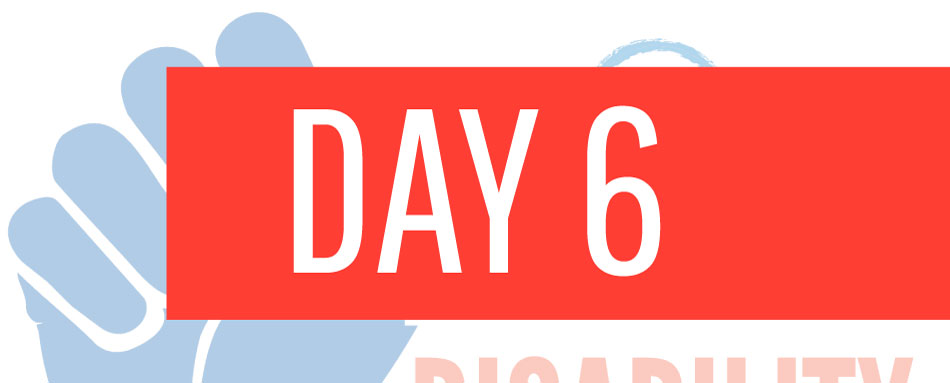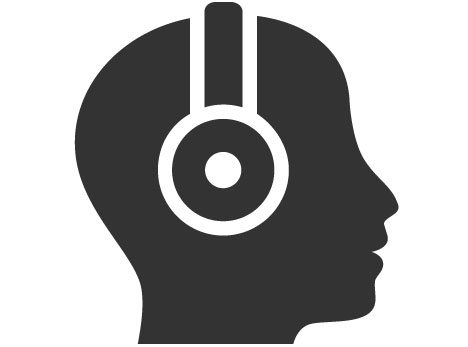
In its simplest form, ableism is the belief system that tells us it is better to be non-disabled than it is to be disabled. It is the cultural message that many of us were taught when we were children. Ableism is evident in our society’s lack of inclusion and access for disabled people, excluding them from the basic rights and benefits that non-disabled members of society take for granted. Ableism is defined as the systematic oppression, mistreatment, and marginalization of people with disabilities, sometimes for the benefit of people without disabilities.
There are three main categories of ableism:
- Individual ableism consists of people’s attitudes and actions surrounding disability.
- Example: An employer doubts the capabilities of a job candidate because they use a wheelchair, even though they have the qualifications, experience, and ability to do the job with reasonable accommodations.
- Systemic or institutional ableism consists of policies, procedures, and laws that have direct and/or disproportionate negative impacts on people with disabilities.
- Example: Polling places that lack ramps or accessible voting machines limit the voting rights and civic participation of people with disabilities.
- Internalized ableism is the feeling of worthlessness and low self-esteem that people with disabilities often develop as a result of other forms of ableism, causing them to apply ableist thoughts toward themselves.
- Example: A disabled person does not ask for accommodation because they feel like a burden and believe that they should be able to do a task the same way as a non-disabled person.
Confronting ableism requires collective effort from everyone. Legislation like the Americans with Disabilities Act (ADA), which aims to protect the rights of disabled people and promote accessibility, must be enforced and adhered to by public and private entities open to the public. Cultural change is essential and requires widespread education about disability and disability history, changing attitudes, and increasing representation in the media. Organizations led by and for disabled people, such as the National Council on Independent Living, Disability Network Southwest Michigan, and the Autistic Self Advocacy Network, raise awareness, influence policy, and create social change. Allies also play a crucial role by amplifying disabled voices and challenging ableist behaviors and practices in their communities.
For all of us to live in communities that are truly inclusive and equitable, people and institutions must be willing to recognize and address their ableist beliefs, policies, and practices.
![[Image description: A wheelchair user holding a protest sign that reads “Disability Rights = Civil Rights.”
Attribution: The Leadership Conference on Civil and Human Rights (2008).]](https://unitedforscmi.org/wp-content/uploads/2022/08/dec6-1024x900.jpg)
[Image description: A wheelchair user holding a protest sign that reads “Disability Rights = Civil Rights.” Attribution: The Leadership Conference on Civil and Human Rights (2008).]

Read
- Access Living – Ableism 101
- Ana Sofia Gala, Hand Talk – Ableism: What Is It, Examples, Consequences and How To Fight It
- The Mighty – 12 Ways Disabled People Experience Internalized Ableism

Watch
- Jessica Kellgren-Fozard – Oops, You Did An Ableism! (10:25, includes captions and transcript)
- Emily Ladau, National PTA – Let’s Talk About Ableism (10:25, includes captions and transcript)
- Jo Copson, TEDx Youth Brayford Pool – Am I Disabled? Confronting Your Internalized Ableism (9:12, includes captions and transcript)

Listen
The I Can’t Stand Podcast – What Is Ableism? What To Do When People Say It Doesn’t Exist? (13:23, includes transcript)
Discussion
- In what ways could we, as a society, be more inclusive of people with disabilities?
- What are some examples of ableist policies or laws that you’ve seen?
